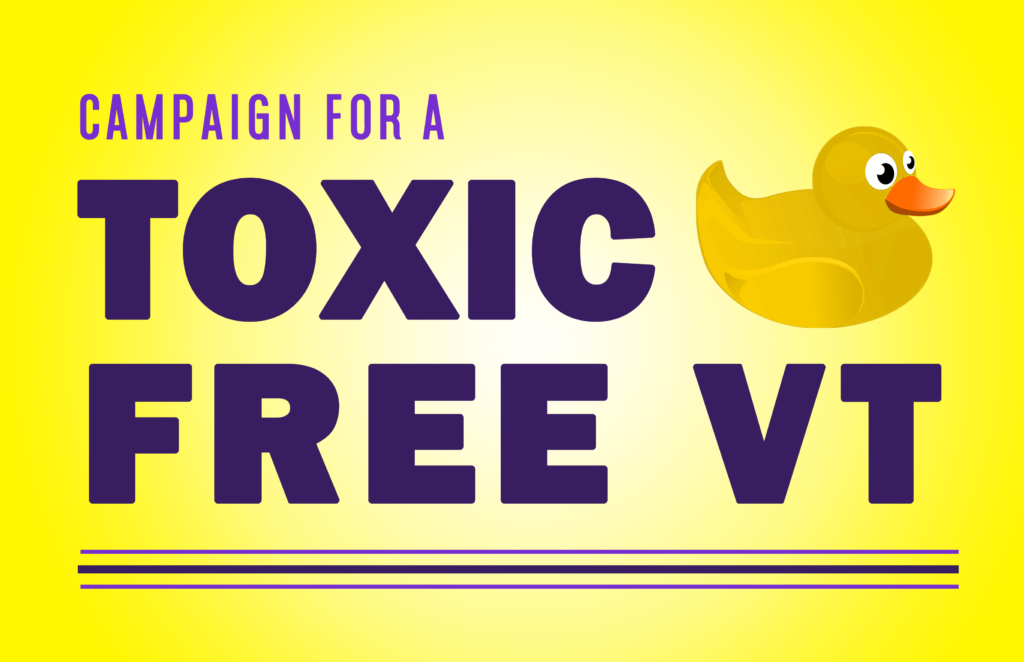After PFOA was discovered in drinking water in Bennington County, VPIRG worked with members of the Legislature to pass Act 154, which helped address the contamination in the short-term and created a working group to evaluate how we regulate toxic chemicals and how we can better prevent similar situations from happening in the future.
VPIRG’s Paul Burns was a key member of the working group and proposed several recommendations that expand and strengthen our toxic chemical regulations, provide more information to communities, and help our businesses improve planning to reduce their use of hazardous chemicals.
All recommendations were supported by a majority of working group members, and compiled in a report delivered to members of the Natural Resources and Energy committees in both the House and Senate on January 13th. Check out the full report here, and for more information on the working group, click here.
But the work doesn’t stop there! This legislative session, we’re working to pass these recommendations into law by:
- Strengthening Vermont’s Pollution Prevention Act (Act 100)
- Expand the list of chemicals that require reporting
- Require a certified planner to assist businesses in reducing chemical use
- Require the Agency of Natural Resources to post businesses’ reports and plans online so that Vermonters can understand what chemicals are in their communities.
- Strengthening Vermont’s Toxic Free Families Act (Act 188)
- Make it easier for the Department of Health to facilitate protection from toxic chemicals
- Expand the law to cover all consumer products
Stay posted for updates throughout the session.

